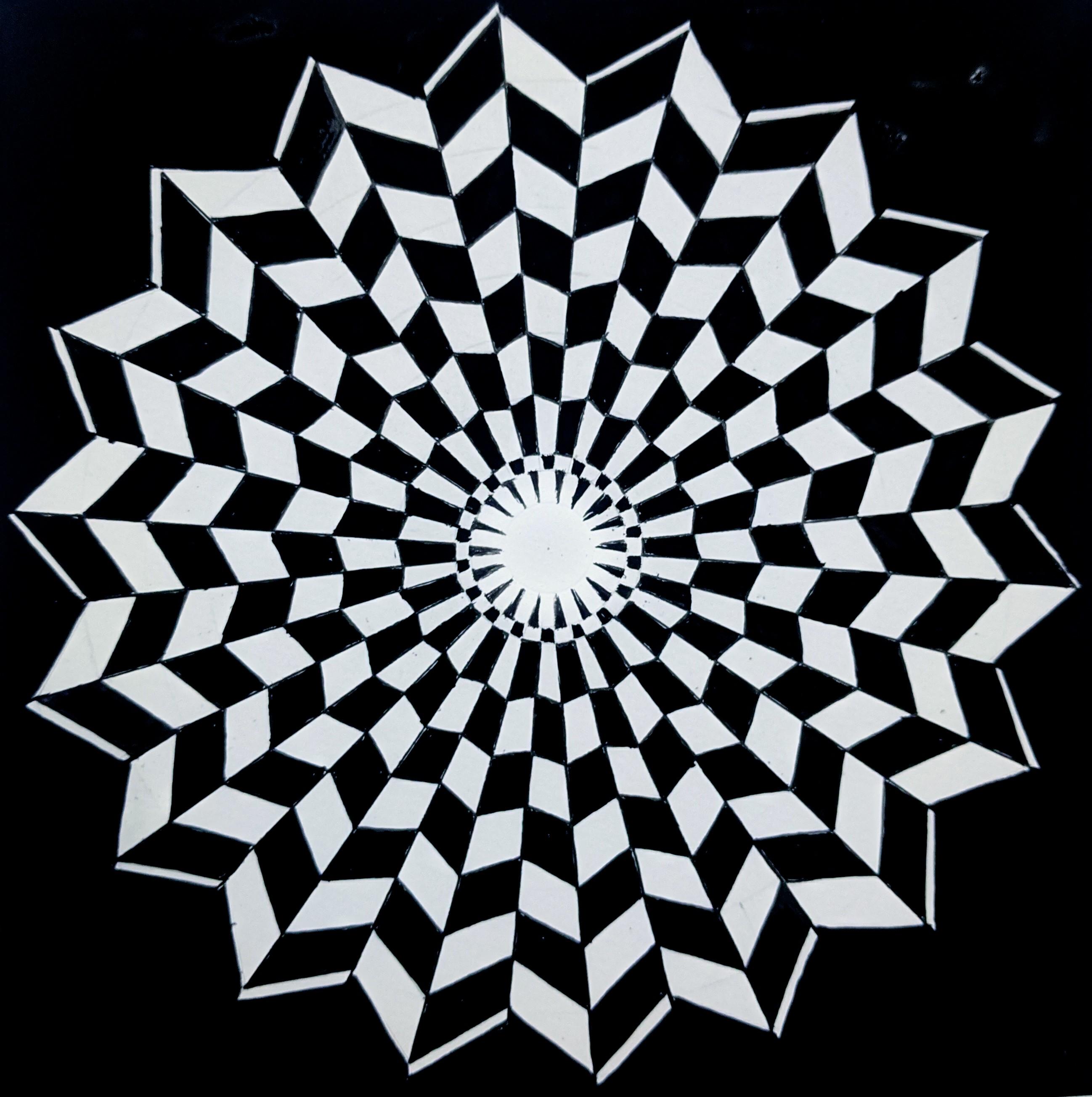We're Voting With Our Attention

IMAGE OF THE WEEK
We are grateful to Rupali Bhuva for offering this hand-made painting for this reading.

At the base of the brainstem there is a bundle of neurons called the Reticular Activating System (RAS). The RAS acts as a kind of bouncer for the brain. Our senses take in waaaaay too information for our conscious mind to ever process, so we need to screen out data that is not relevant to us and allow through that which matters. The RAS does the filtering.
How does the RAS know what to let through? By focusing on something, we are telling the RAS “This is important to me.” So of all the myriad data our senses encounter, the RAS allows our conscious mind to process mostly that which we have declared important by what we give our attention.
That's why we respond to our own names when someone speaks it in a crowded room. Because the RAS has determined that jumble of sounds is more important than other sound jumbles.
However, the RAS, and perhaps the rest of our brain, doesn't really understand "No" or "Not." It communicates to itself in images, impressions, and feelings. If I say, "Do NOT picture a pink heart," not only will you probably picture one, but you're more likely to notice the next pink heart that crosses your path. If you tell your brain (by thinking) "I hate being lonely" then you're likely to pay extra attention to when you're eating dinner alone, but filter out all the time you spend connecting with people on Zoom. If you worry "I’m gonna go broke", then you're more likely to notice your own spending than the generous meal your friend just made you. The RAS is designed to let through what you have expressed is important to you by what you focus on, and exclude everything else. In these examples, it lets through evidence of lonely and broke, and excludes evidence of connection and wealth.
The more we focus on what we DON’T want, the more we see evidence of those things, and the less we notice evidence or opportunities of what we DO want. This lopsided evidence reinforces our beliefs in our problems, causing us to focus more on what we don't want, and the cycle continues.
So how do we interrupt this cycle? We focus our attention on what we like and want to see increase. If we want to see a healthier world, then we literally have to train our brains to be able to see it by focusing on what we see that is already healthy. We look for existing examples in our lives of what we say we want, and we put more attention on that, than what we believe is missing. As Bucky Fuller said, "You never change things by fighting against the existing reality. To change something, build a new model that makes the old model obsolete." The more we do that, the more evidence of positivity we will see, and the more hope we will have. And the more energized and motivated we will be to keep creating a more beautiful world.
We are voting with our attention.
Leah Pearlman is an artist, co-creator of the Facebook-like button, and most recently the founder of Dharma Comics. Above excerpt from her most recent newsletter.
SEED QUESTIONS FOR REFLECTION: How do you relate to the notion that by obsessing about things we don't want, we are training our brains to ignore what we do want? Can you share a personal story of a time you became aware that your brain's habit patterns were causing you to focus on the opposite of what you wanted? What helps you retrain your brain to focus on what you truly value?